How To Improve Your Form Using Biomechanics And Running
Biomechanics refers to the study of movement, especially musculoskeletal activity. It mainly entails the study of human movement. Biomechanics is further divided into kinetics and kinematics. Kinetics is the study of forces acting on the bond whereas kinematics refers to the movements of the body. Biomechanics involves the following main components; force, motion, balance, momentum, and levers. Getting the right shoes for running is also as important as running itself. The saucony running shoes are one of the best when it comes to giving you speed and comfort.
Running Biomechanics
Running is almost similar to running in terms of locomotive activity. However, running requires more balance, more strength, and joint movement than walking and not everyone who walks can run.
The Running Gait Cycle
When one foot touches the earth, the cycle begins; when that same foot touches the ground again, the cycle is complete.
The gait cycle is typically divided into two main phases: the stance phase and the swing phase. Getting the right shoe will set you on course to running. Check out the New balance running shoes and feel the comfort you get from running in them.
Stance Phase:
During the stance phase, the foot makes contact with the ground, and the body's weight is supported. This phase can be further divided into several sub-phases:
Heel Strike
The cycle begins as the heel of the leading foot touches the ground. This marks the initiation of the stance phase.
Foot Flat
The foot continues to make contact with the ground, and the weight starts to shift from the back to the front of the foot. The foot begins to flatten as the body weight is distributed over the entire foot.
Midstance
This phase occurs when the body's weight is primarily supported by the single-leg stance. The foot is directly under the body, and the opposite leg begins to swing forward.
Heel Off: The heel of the stance leg starts to lift off the ground, and the foot begins to push off.
Toe Off: The foot pushes off the ground using the toes, propelling the body forward. This phase marks the end of the stance phase.
Swing Phase
The swing phase is when the foot swings forwards before the next heel strike. It has subphases:
Initial Swing: Foot lifts and moves forwards.
Midswing: The leg swings forwards, flexing the knee for ground clearance.
Terminal Swing
The leg reaches its maximum forward position, and the knee starts to extend in preparation for the next heel strike.
The gait cycle is a complex coordination of multiple joint movements, muscle contractions, and biomechanical interactions.
Joint Movement in the Gait Cycle
Ankle Joint
Dorsiflexion during initial contact and loading response. Can be simply explained by heel strike and foot flat.
Plantar Flexion during midstance, push-off, and terminal swing. The push-off is basically heel-off and toe-off.
Knee Joint
Flexion during initial swing and terminal swing.
Extension during loading response, midstance, and initial contact of the contralateral foot.
Hip Joint
Flexion during initial swing and terminal swing.
Extension during loading response, midstance, and early swing.
Pelvis and Trunk
Forward rotation of the pelvis during initial contact and loading response.
Reverse rotation of the pelvis during mid-station to stabilize the body.
Minimal rotation during swing phases.
Slight lateral tilting of the pelvis during single-leg support or midstance.
Limited lateral bending and rotation of the trunk to maintain balance.
These joint motions are coordinated to create the smooth and efficient movement observed during running.
Muscle Activity
Running muscles are more active before and after heel strikes. Muscle action during the gait cycle generates forces needed to move the body, stabilize joints, and ensure efficient and coordinated movement. An overview of muscular activation at crucial stages:
Initial Contact and Loading Response
Quadriceps: Also called Rectus Femoris. Contracts to control knee extension during initial contact and loading response.
Tibialis Anterior: Contracts to control foot plantarflexion and assist with foot clearance during initial swing.
Midstance
Soleus and gastrocnemius contractions restrict midstance instability and ankle plantarflexion.
The Gluteus Medius contracts during single-leg support to stabilize the pelvis and prevent hip drop.
Terminal Stance and Pre-Swing
Gastrocnemius and Soleus: Contract to push off the ground and swing.
Hamstrings: Contract to flex knees pre-swing
These among other muscles play a role in the whole process. No muscle works on it’s own but in coordination with others in patterns.
Conclusion
In summary, once you’ve got new running shoes the science of running gives a deeper understanding of musculoskeletal activity in human movement. It relates the kinetics and kinematics involved in the whole process of running and walking. On top of that, it addresses forces, motion, balance, momentum, and levers in running. In addition to balance, force and smooth motion, one needs nice running shoes. You can purchase your running shoes, whether running shoes for men or women from Athlete’s Foot and get running already!

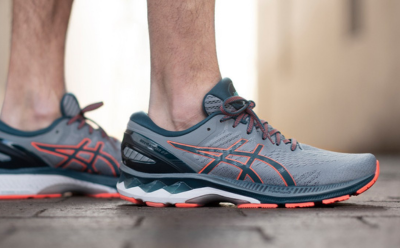
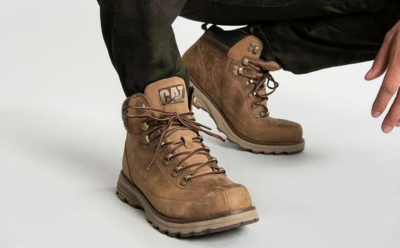
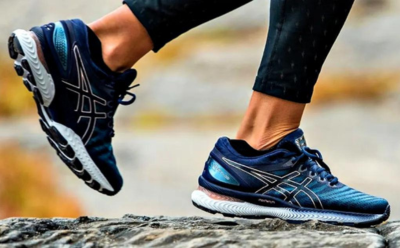
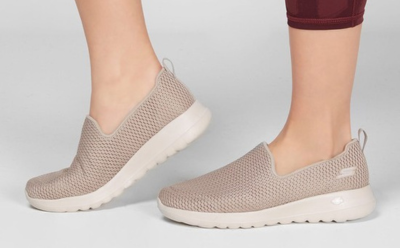
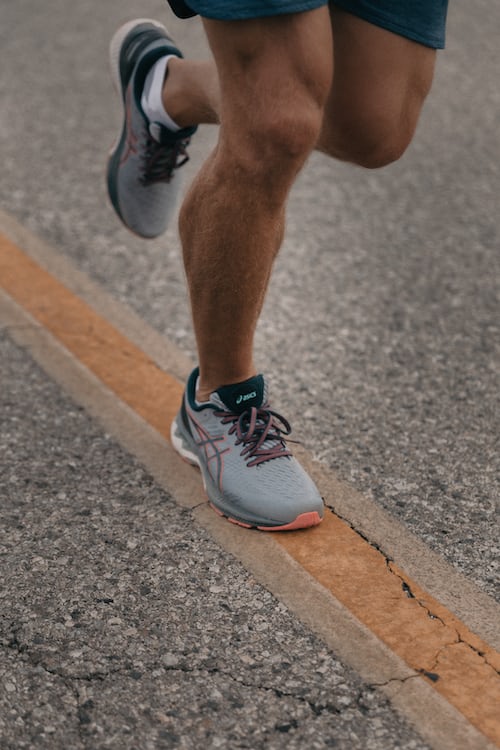

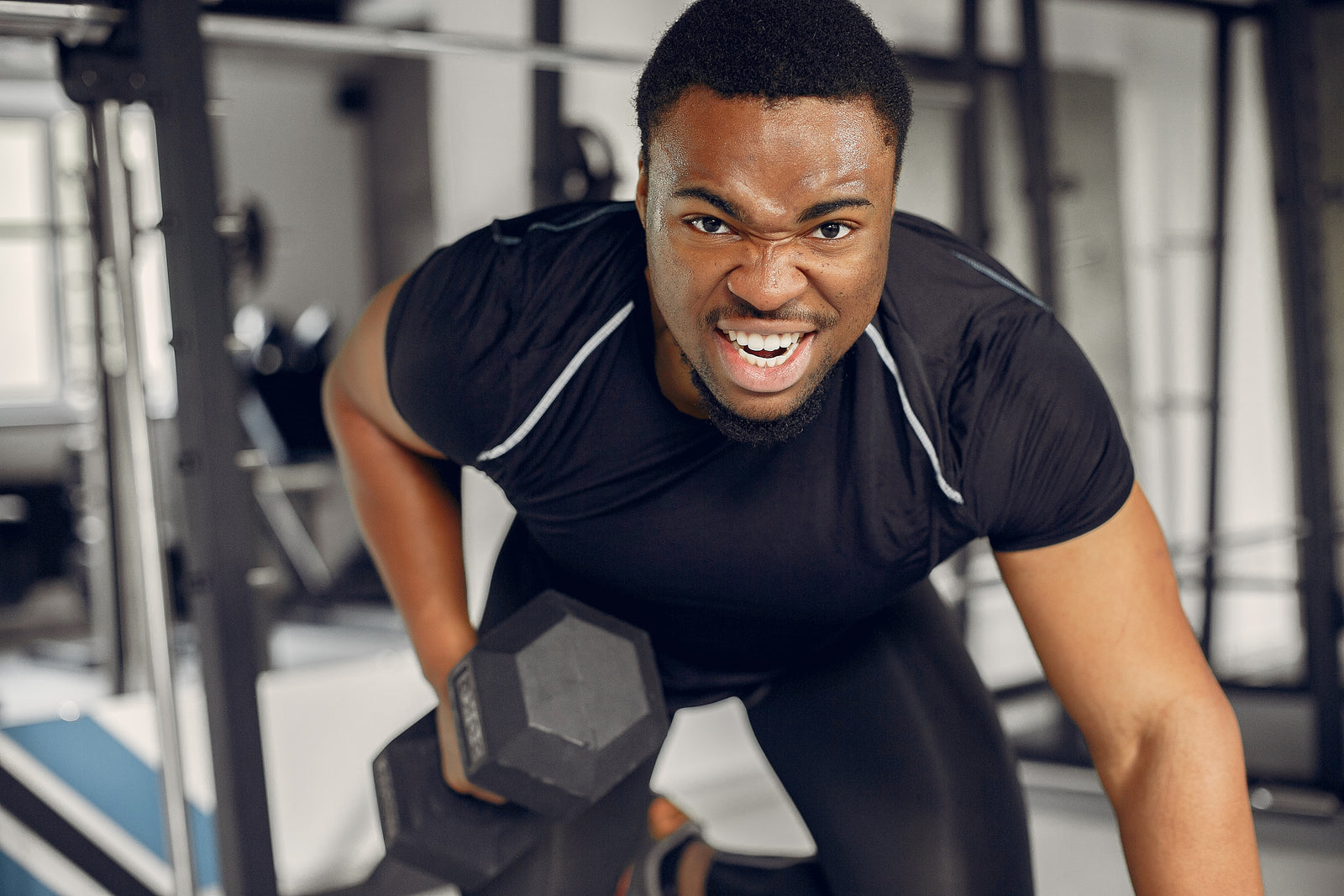
Leave a comment (all fields required)